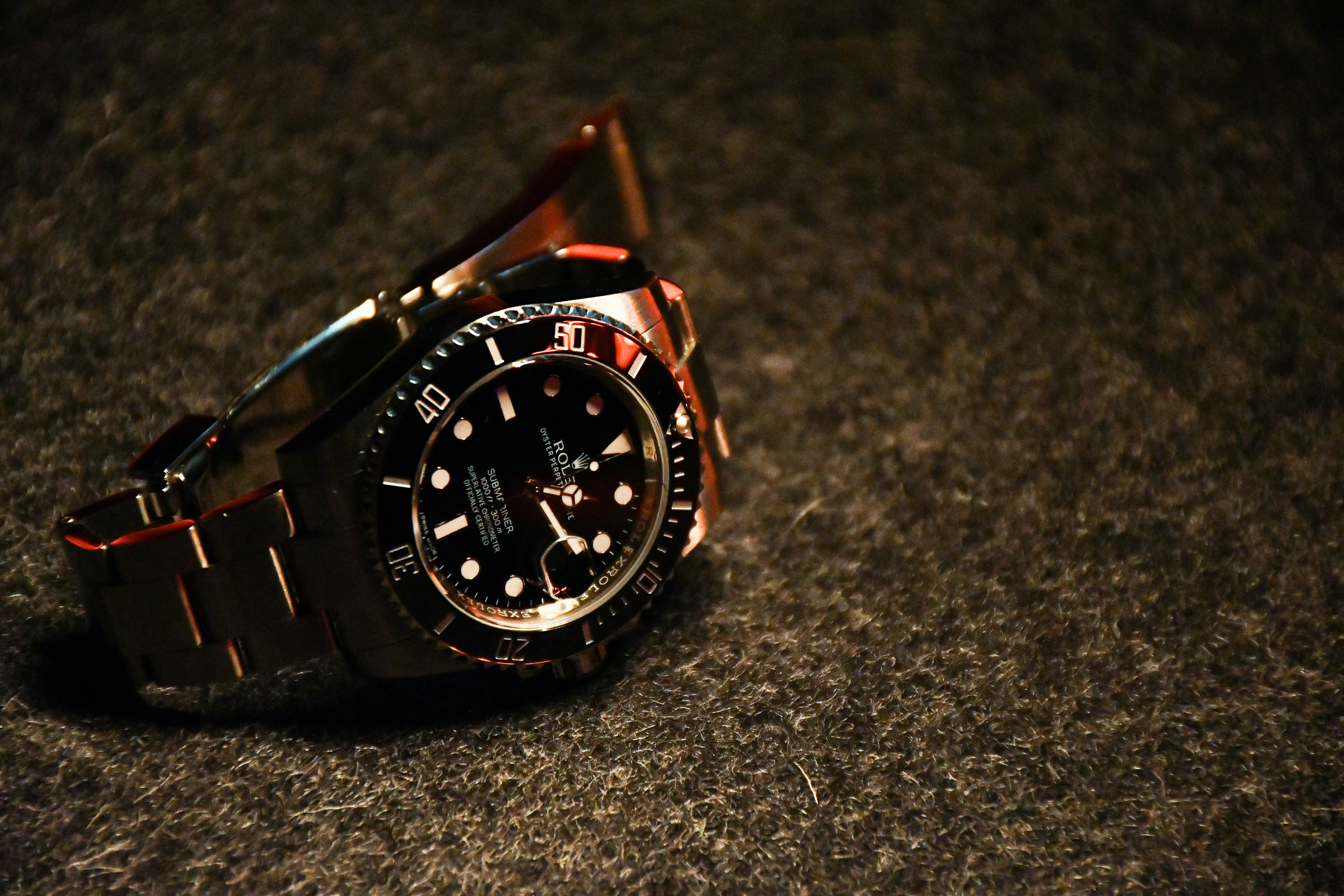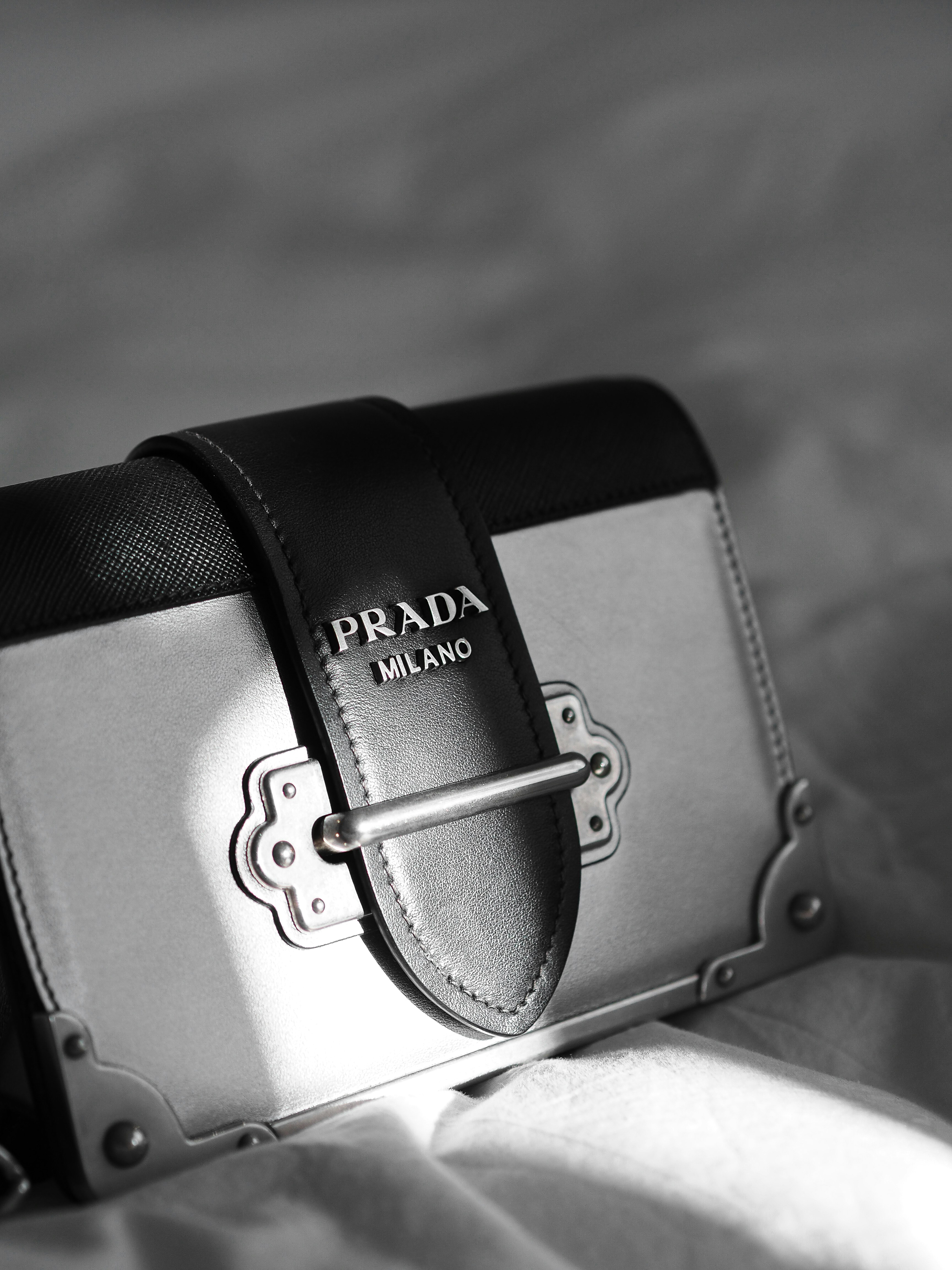A Historic Overview of Bulova Accutron
The inception of Bulova Accutron in the early 1960s marked a pivotal moment in American horology, setting the stage for a new era of watchmaking. Founded by Joseph Bulova, the company quickly emerged as a leader in the watch industry, renowned for its commitment to innovation and precision. In an age where mechanical watches dominated the market, Bulova sought to challenge the status quo through groundbreaking technology.
Central to the Bulova Accutron’s legacy is the development of the tuning fork mechanism, which represented a significant departure from traditional mechanical movements. This revolutionary system allowed for unparalleled accuracy, with timekeeping precision exceeding that of any watch previously made. By using an electric current to vibrate a tuning fork at a consistent frequency, Bulova’s engineers were able to create a watch that offered a level of dependability that had never been seen before in timekeeping.
As the company evolved, it maintained its mission to revolutionize watchmaking by continuously enhancing precision timekeeping. The introduction of the Accutron in 1960 not only solidified Bulova’s reputation for innovation but also paved the way for future advancements in the world of horology. The Accutron became a symbol of American ingenuity and excellence, attracting the attention of watch enthusiasts and collectors alike. With its distinctive design and cutting-edge technology, Bulova Accutron watches were embraced in various sectors, from aviation to space exploration, showcasing their reliability and accuracy.
In essence, the early years of Bulova Accutron were characterized by a relentless pursuit of precision and a commitment to pushing the boundaries of watchmaking technology. This dedication to innovation not only transformed the brand but also left an indelible mark on the history of horology, ensuring Bulova’s place as a pivotal player in the legacy of American watchmaking.
Tuning Fork Technology: A Game Changer in Timekeeping
The introduction of tuning fork technology by Bulova Accutron in the early 1960s marked a significant milestone in the realm of horology. At its core, this innovative mechanism utilized the principles of electromagnetism to deliver extraordinary accuracy in timekeeping. Unlike traditional mechanical movements which rely on a series of gears and balance wheels, the Accutron watch operated with a tuning fork that vibrated at a frequency of 360 hertz, translating each vibration into a distinct tick. This groundbreaking approach allowed the Accutron to achieve a level of precision previously unattainable, often deviating by only a few seconds per month.
One of the primary advantages of tuning fork technology was its consistency and stability, which made it far more reliable than conventional watches. While mechanical movements were largely affected by environmental factors such as temperature and position, the electric nature of the tuning fork significantly minimized these influences. This reliability sparked interest not only among watch enthusiasts but also in industries where precision timing was crucial, such as aviation and scientific research.
The impact of Bulova Accutron’s tuning fork technology extended beyond its own brand and laid the groundwork for innovations across the watch industry. Competitors soon began exploring similar electronic movements, leading to the development of quartz technology—a leap that would ultimately dominate the market in the late 20th century. The Accutron was pivotal in showcasing the potential of electronic timepieces, inspiring an entire generation of watchmakers to rethink traditional designs and embrace new technologies. This transition not only transformed American horology but set a global standard for precision and craftsmanship in the years that followed.
The Space Age Design: Stylistic Innovations of the Accutron Series
The Bulova Accutron series revolutionized the watchmaking industry in the 1960s, not only through its technological advancements but also with its distinctive design aesthetic that captured the spirit of the Space Age. One of the most notable models, the Accutron Spaceview, epitomizes this innovative approach to horological fashion. With its transparent case back that allowed wearers to view the intricate movements within, the Spaceview was more than just a timepiece; it was a statement of modernity and progress.
The design elements of the Accutron series were characterized by unique shapes that veered away from traditional watch constructions. The bold lines and futuristic silhouettes of these timepieces showcased a departure from convention, which resonated with the cultural zeitgeist of the era. Emphasizing geometric forms, many models featured elongated cases and angular lugs, creating a dynamic profile rarely seen in contemporary watches. This innovative design language not only appealed to the aesthetics of the 1960s but also aligned with the public’s fascination with space exploration and technological advancements.
In addition to their shapes, Bulova’s innovative use of materials further contributed to the iconic status of the Accutron series. The integration of high-quality metals and plastics allowed for a range of vibrant colors and finishes. This bold application of color was particularly evident in the dials, which displayed bright hues complemented by luminescent markers, enhancing visibility while reflecting a playful spirit. The combination of striking visual elements and remarkable engineering was a hallmark of the Accutron brand, establishing its influence on watch design trends that continue to resonate today.
The Citizen Group and the Future of Bulova Accutron
Since the acquisition of Bulova Corporation by the Citizen Group in 2008, the Bulova Accutron brand has entered a new chapter characterized by innovation and modernization. The Citizen Group, renowned for its own advancements in horology, has introduced a strategic approach to the development and marketing of the Accutron line. This alignment has had a significant influence on the brand’s evolution, merging classic design principles with contemporary technology.
One of the notable innovations under the Citizen Group’s stewardship is the introduction of the new Accutron Spaceview timepieces. These watches combine a rich history with cutting-edge technology, featuring an electromechanical movement that recalls the original Accutron models while incorporating modern materials and design aesthetics. This balance of nostalgia and innovation is crucial as the brand seeks to cater to both seasoned collectors and a new generation of watch enthusiasts.
Additionally, Citizen’s expertise in quartz technology has been pivotal in enhancing the precision and reliability of Bulova Accutron watches. The integration of advanced technologies not only elevates performance but also resonates with the evolving demands of modern consumers who prioritize both style and functionality. As the American watchmaking industry faces intense competition from overseas manufacturers, the Citizen Group’s investment in the Bulova brand signifies a commitment to re-establishing Bulova Accutron as a key player in the luxury segment of the market.
Looking forward, watch collectors and enthusiasts can expect a continued focus on innovative designs coupled with the legacy of craftsmanship that Bulova Accutron is known for. The Citizen Group’s determination to leverage its global resources will likely lead to more groundbreaking models and collaborative projects, further enriching the legacy of Bulova Accutron in the realm of American horology.














